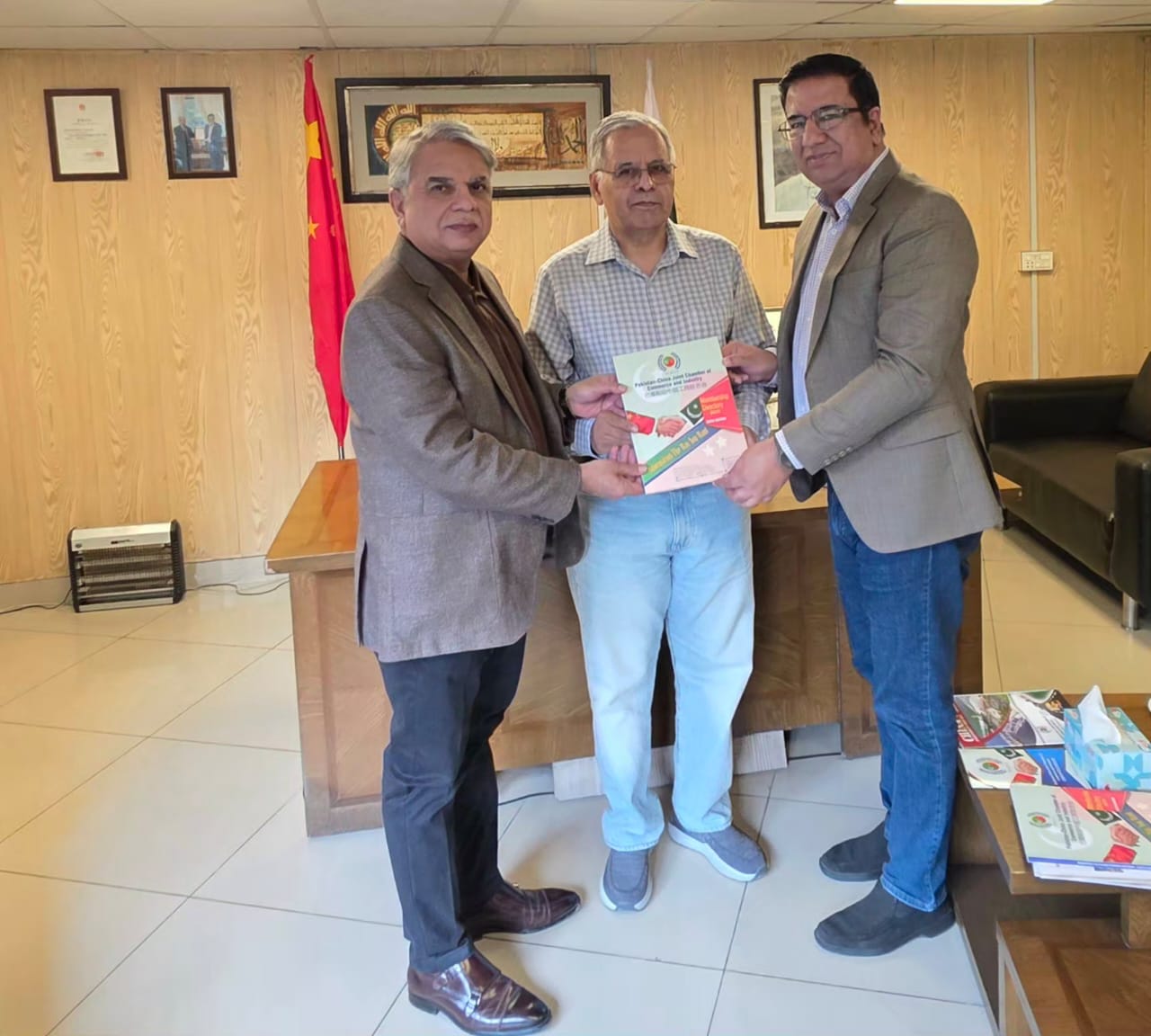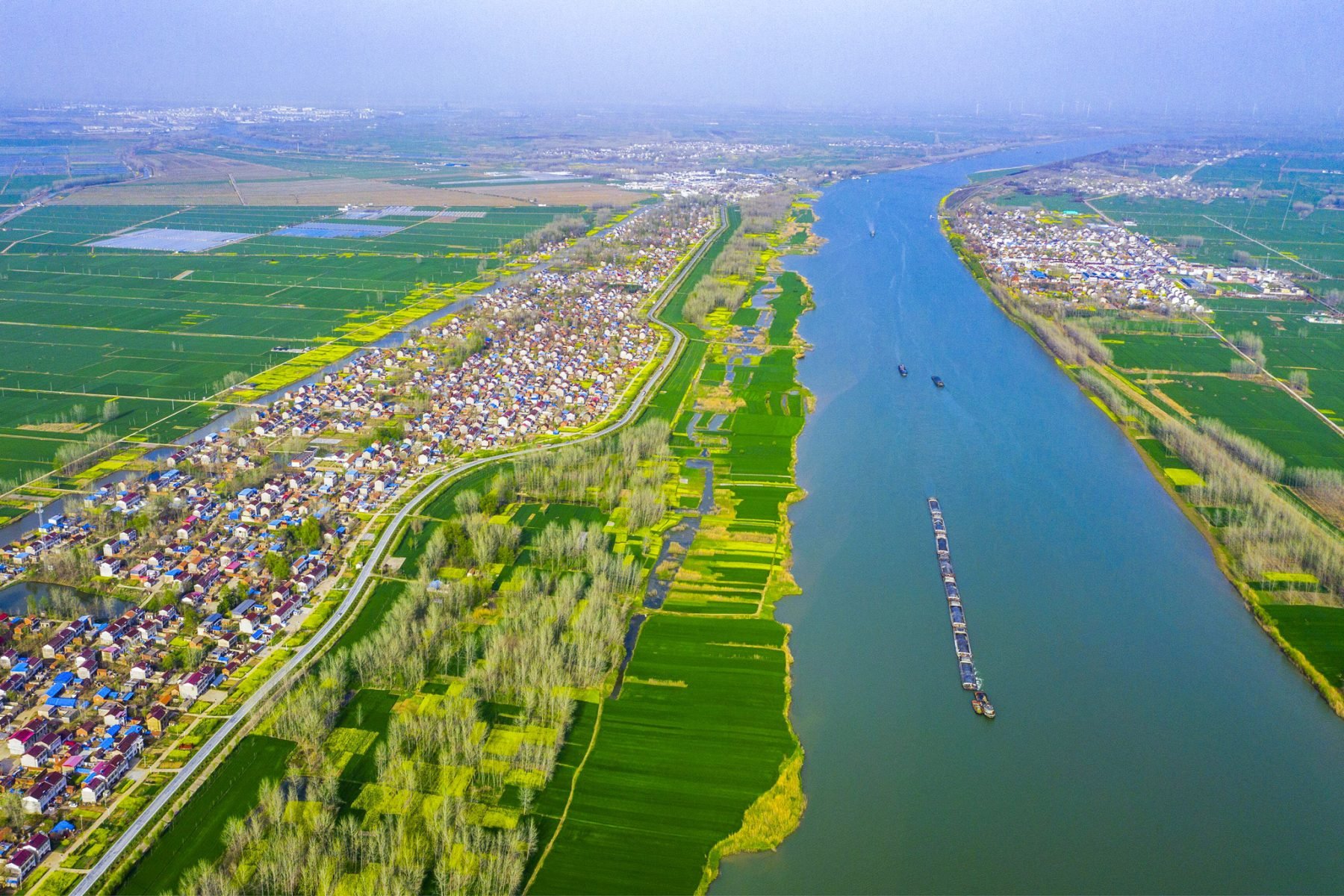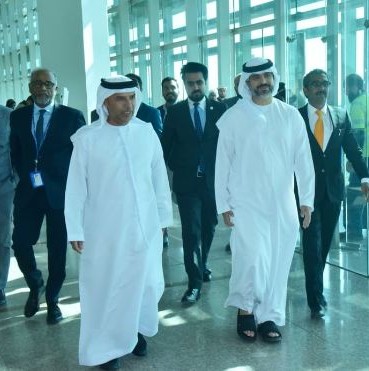In an age of geopolitical competition and fragmented media ecosystems, culture remains a potent, often understated bridge between societies. For the People’s Republic of China, cultural diplomacy especially via art, film and language has become a strategic asset in crafting a vision of a “shared future” that resonates globally. Through the global reach of Chinese cinema, the export of Mandarin language learning, and the soft power of calligraphic and musical traditions, China positions itself not merely as an economic powerhouse but as a civilizational actor inviting connection rather than confrontation.
Art forms rooted in millennia of Chinese civilization from traditional calligraphy and ink painting to classical and folk music are increasingly being used as cultural emissaries. The visual simplicity of a brush stroke or the resonance of a pipa string can transcend language barriers and offer audiences a route into Chinese culture that is less mediated by politics and more mediated by aesthetic experience.
Language learning is an integral complement: the spread of Mandarin courses, the proliferation of cultural centers worldwide, and the creation of new scholarship pathways convey not only linguistic competence but an invitation to engage with Chinese culture and values. As scholars note, the network of Confucius Institutes serves both as a language portal and a soft-power instrument connecting global audiences to China’s civilization narrative.
By engaging audiences in calligraphy workshops, musical concerts, or immersive exhibitions, China opens a space of cultural conversation rather than contest. The message is subtle: we share a future because we can share culture, meaning and values, even while remaining distinct in traditions.
Film and television in China are rapidly evolving from domestic phenomena into global players. The domestic success of titles like Ne Zha 2 (which crossed the US$1 billion mark in China alone) signals not just box-office growth but the capability of Chinese storytelling to engage mass audiences. Research shows that exposure to foreign films can shape perceptions of countries and contribute to soft power outcomes.
China’s film-policy reforms, international co-productions and “going-global” strategies reflect a consciously cultural-diplomatic ambition.⁴ When Chinese mythologies, landscapes and values are visualized on screen, they become accessible to global audiences and thus function as portals of cultural encounter. In turn, viewers increasingly see China not only as a geopolitical actor but as a producer of stories they might enjoy, learn from or share.
Importantly, while competition with Hollywood captures headlines, the cultural diplomacy playbook here is subtle. It is not about exporting propaganda; rather, it is about exporting narratives of heroism, renewal, tradition and community that reflect Chinese identity but invite universal resonance. In so doing, film becomes both a mirror to Chinese self-understanding and a window for global spectators.
Hence it can be said that language is the sinew of culture and the living conduit of ideas. China’s investment in spreading Mandarin is not purely transactional (more students, more enrolments) but strategic: it builds networks of engagement, affinity and understanding. The ease of engaging with Chinese culture increases when one can speak the language, access original media, and participate in dialogues.
Language also plays into the concept of a shared future: when young learners in Africa, Latin America or South Asia study Mandarin and engage with Chinese peers, the connections forged are not simply academic but relational. These budding cultural ties matter for the longer-term architecture of soft power and mutual understanding. As one study argues, culture-language-education networks remain under-analyzed in China’s soft power research.
From a Pakistani lens, for example, educational collaborations and cultural exchange programs between China and Pakistan signal more than bilateral friendship, they signal the forging of human bridges across borders through language, culture and shared experiences.
The phrase “shared future” underlines that cultural diplomacy is not a one-way export but a relational process. When Chinese calligraphers travel abroad, when Chinese movies are subtitled or dubbed and consumed by international audiences, when Mandarin courses welcome non-Chinese participants, the message is one of connectivity. It is: “We bring our culture; you receive it; we learn from each other; we advance together.”
With the rise of digital streaming and global distribution, Chinese film and television content increasingly appear on international platforms, thus broadening the potential for cultural dialogue.⁶ Likewise, digital tools assist in disseminating calligraphy, art, music and language training across continents, meaning the cultural reach is no longer limited to physical exchanges.
In this way, culture becomes a common ground. Rather than erecting walls, China’s cultural diplomacy strategy via art, film and language helps build bridges of understanding.
Yet no cultural diplomacy project is without its tensions. Some scholars caution that heavy state involvement in film and cultural industries may constrain creative freedom and limit appeal beyond domestic audiences. There is also the question of authenticity: culture that is perceived as too orchestrated or instrumental may lose its appeal as a genuine connector.
Yet the opportunities are real. As global audiences diversify and seek new stories, Chinese cultural exports are well-positioned to offer alternatives. The era of Sino-global film partnerships and language exchanges is opening new avenues for people-to-people engagement. When China’s rich art traditions are presented not as relics of antiquity but as living, evolving practices, they invite others to participate rather than observe. This is the essence of a shared future.
In an era of uncertainty and fractured narratives, the soft power of culture offers a hopeful pathway. For China, the combined power of art, film and language forms a cultural architecture designed to connect rather than divide, to invite rather than dictate. By telling stories rooted in Chinese civilization and sharing the tools to engage those stories; through language and cultural practice, China is actively constructing a vision of global connectivity. The shared future, then, is not an abstract slogan; it is experienced in a calligraphy brush stroke taught in Nairobi, in a Mandarin class in Lahore, in a streaming Chinese drama watched in Buenos Aires, and in the film-goer moved by myth and music in Casablanca. In these encounters, culture becomes not just representation but relationship, and through those relationships a richer shared future takes shape.

Participant of ICSF – UOS Fellowship Program 2025-26 at University of Sargodha.














